There are hundreds of uses for cob, so this technique is something good to learn about even if you’re not going to build a cob house.
cob
The £150 Hobbit Hole
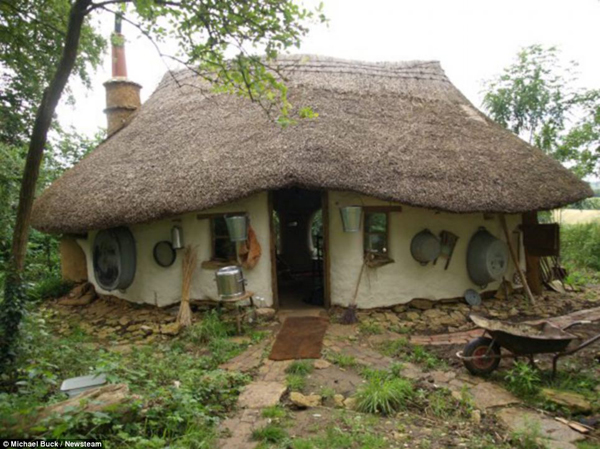
“It looks like something straight out of Middle Earth – and the story behind it is almost as fantastical. This cottage cost just £150 to build, using only natural or reclaimed materials, and is now rented out for a fee of fresh milk and cream. And with no mains electricity, gas or water, the bills don’t come to much either.
Building Green: A Complete How-To Guide to Alternative Building Methods
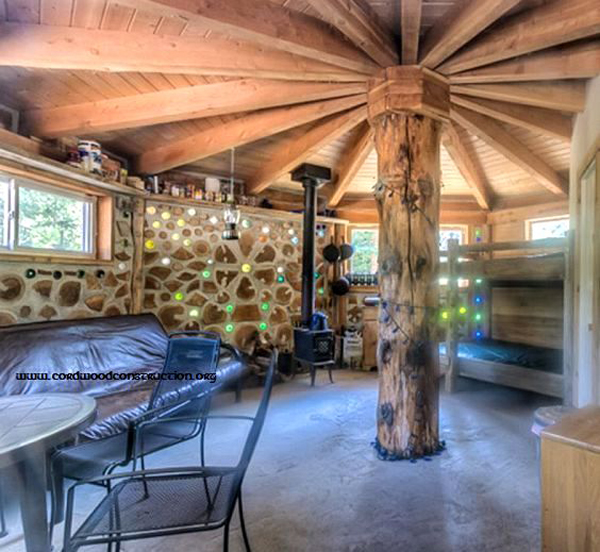
Earth Plaster * Straw Bale * Cordwood * Cob * Living Roofs
“Clarke Snell and Timothy L. Callahan, whose popular Good House Book helped environmentally-minded readers create an earth-friendly home, have returned with a photo-packed, amazingly complete, start-to-finish guide to “green” housebuilding.
New Cob House Interior Design
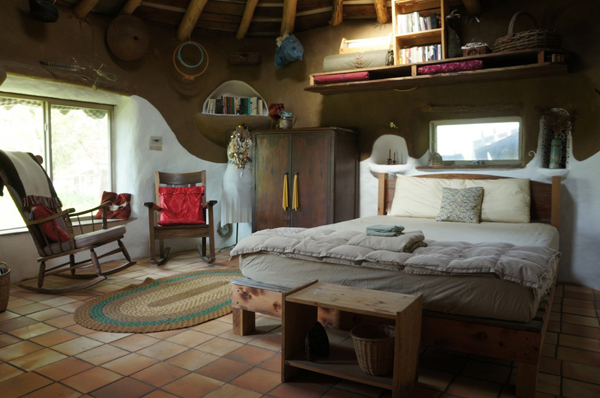
“Our work on updating the interior of our cob house, Gobcobatron is finally complete! I think this latest design might be my favorite so far… although of course it’s so exciting just because it is “new”, too. We changed things around to make it an even more appropriate and better place to stay for renters and people who come stay for weekends.”
Rocket Stove Mass Heaters
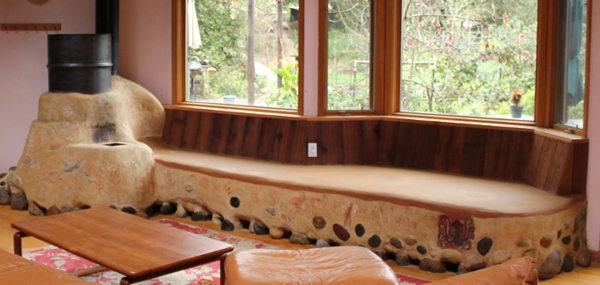
We’ve briefly mentioned rocket stove mass heaters before. Here’s an excellent site that compiles a lot of free info about them and has free plans. (Detailed drawings are for sale, but anyone should be able to figure out the process by looking at the illustrations, reading the text and watching the videos.)
“Rocket mass heaters in a nutshell:
– heat your home with 80% to 90% less wood
– exhaust is nearly pure steam and CO2 (a little smoke at the beginning)
– the heat from one fire can last for days
– you can build one in a day and half
– folks have built them spending less than $20
Gurunsi Earth Houses of Burkina Faso
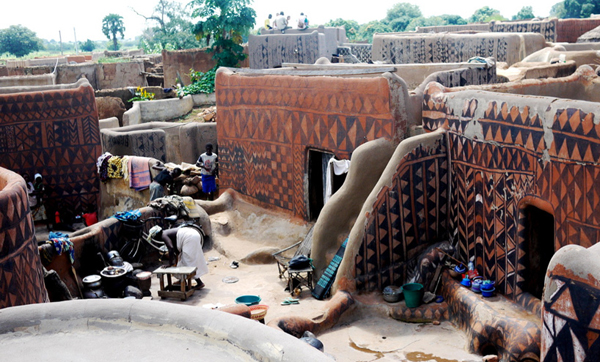
“The small country of Burkina Faso near the border to Ghana may not have many resources or economic wealth, but with the plentiful raw materials available the Kassena people make some of the most culturally rich and architecturally beautiful villages, such as this one in tiébélé, built using traditional gurunsi vernacular. The dwellings occupy a community of just over one hectare in area, and are made of a sun-dried mix of clay, soil, straw and cow droppings moistened to a perfect mortar, mixed by foot to create strong pottery-like structures.
